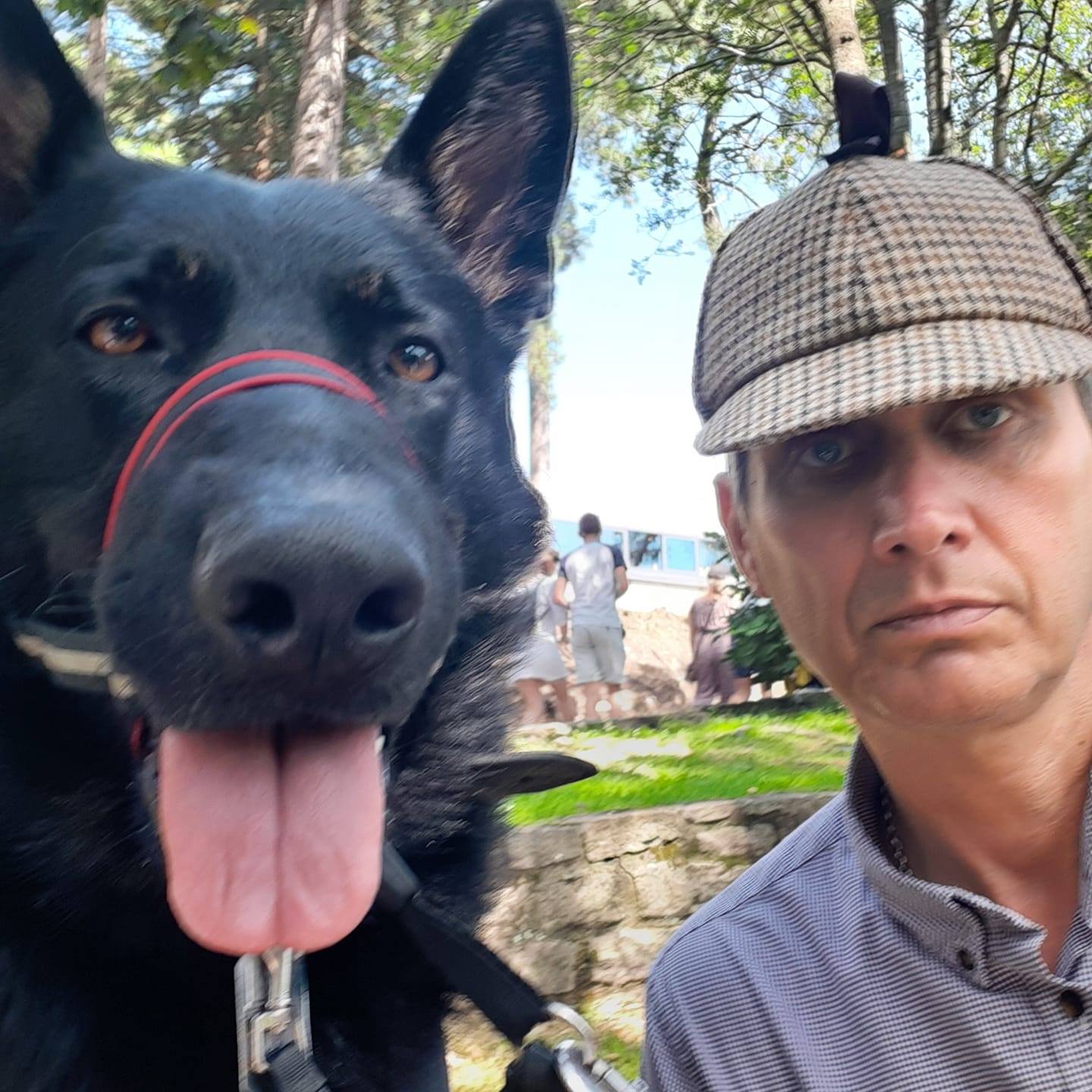Why do horses wear shoes?
Why DO horses wear shoes? Here are the answers to some common equine enquiries – straight from the horse’s mouth
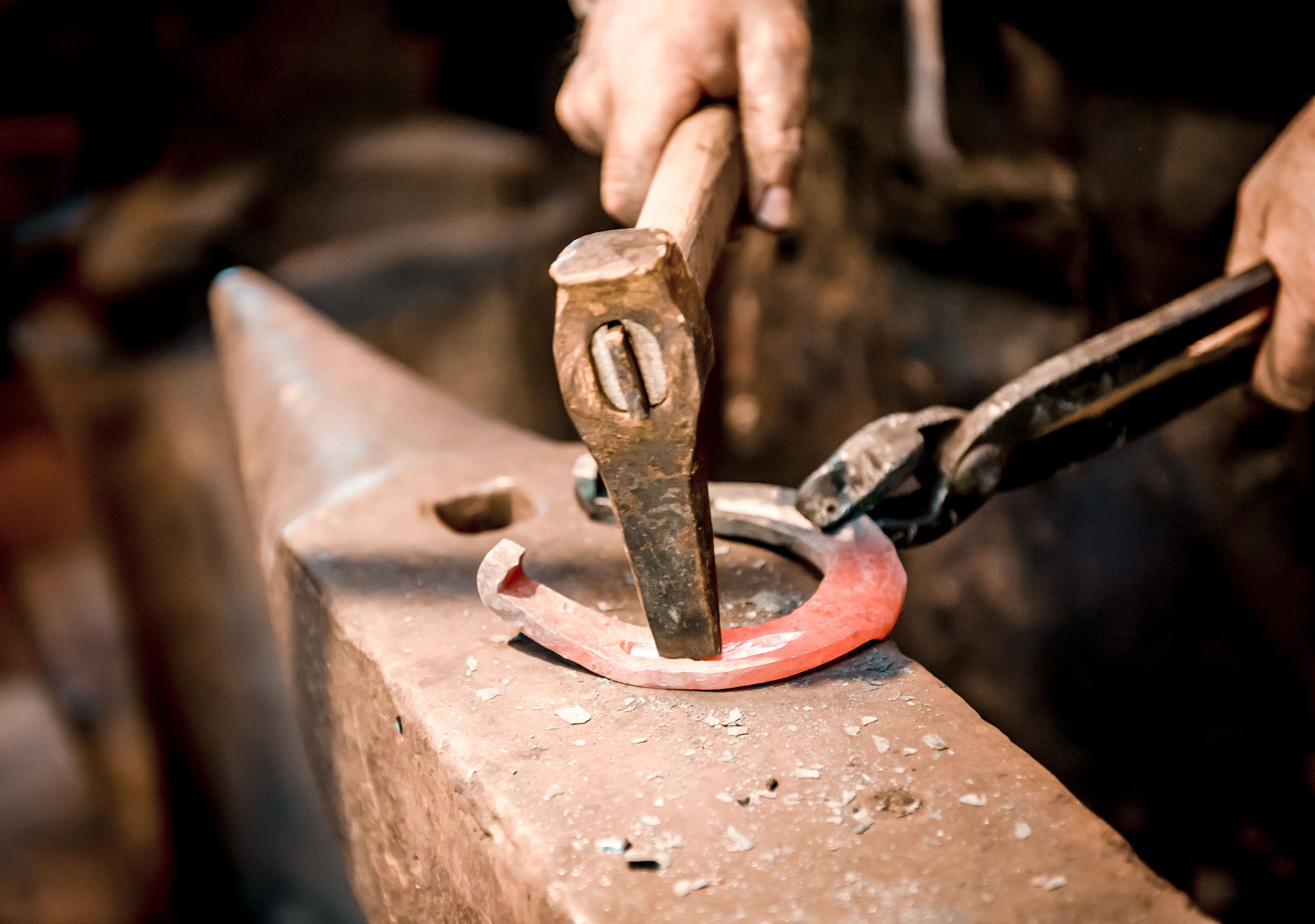
Why do horses wear shoes? It's a question many of us have pondered our entire lives, but one we're about to answer for you.
And we won't just tell you why horses wear shoes, but answer any other equine-related questions you may have. Horses are beautiful, intelligent, incredible creatures, but if you haven't grown up around them or studied them, you may not know a lot about them. If you're considering getting a horse as a pet, or just spending time around them, you wanna brush up on your equine knowledge ahead of time.
That's why we've got the answers here for you, straight from the horse's mouth. So, let's start with the most important question...
- Get the best equine insurance: Protect the biggest friend in your life
- How to clip a horse – Tame that mane with ease
- The best horse shampoos: Keep your four-legged friend clean and healthy
Why do horses wear shoes?
Horses are often ridden, driven, or led over hard surfaces, so wearing horseshoes will protect their sensitive feet from injury and wear. For jumping and other events where horses need lots of traction, small studs can be screwed into the shoes to provide grip – a bit like spikes on football boots.
Horses spending all their time on soft ground can be left barefoot, but their hooves still need to be trimmed by a farrier every few weeks to stop them growing too long, which makes walking difficult.
Why do horses roll?
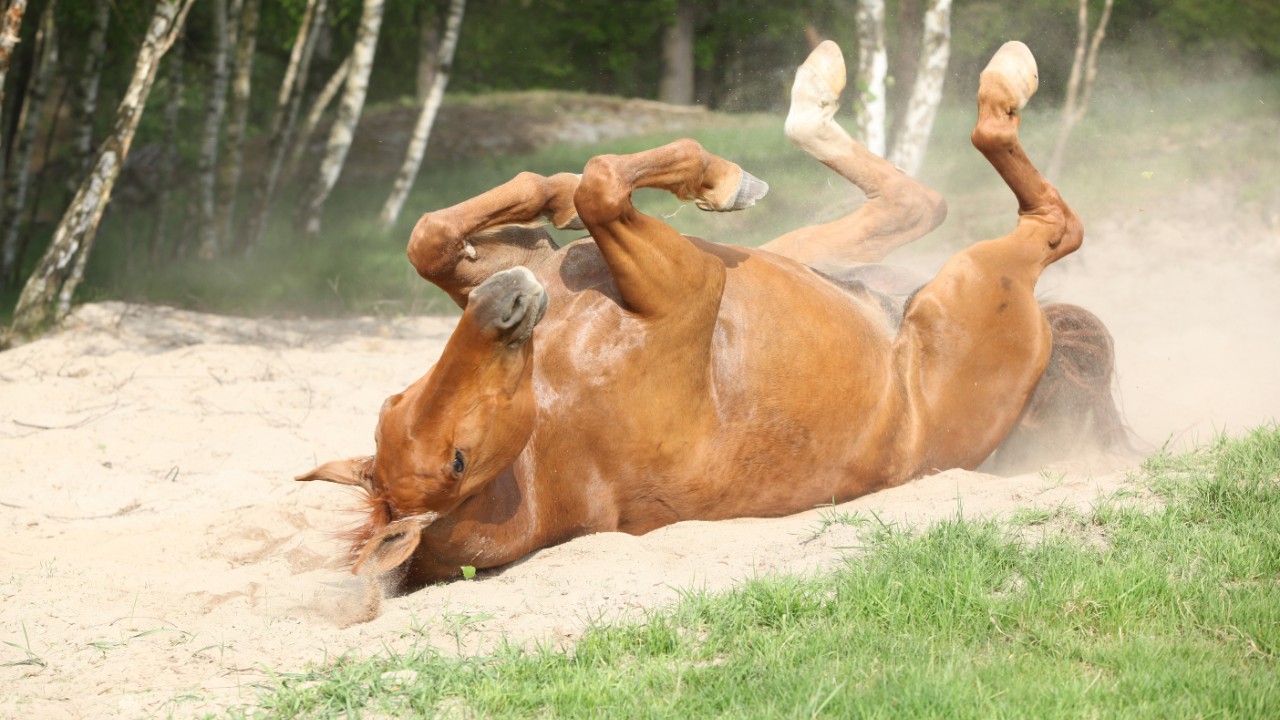
Horses roll to itch parts that they can’t reach and to get rid of loose hair. Rolling in dust protects the skin from sunlight and helps a horse dry off if it’s sweaty after a ride. A rolling horse that looks distressed might be ill, but it is usually a sign that a horse feels happy and relaxed.
How often do horses need to see a vet?
Vets aren’t just for emergencies; horses should have their teeth checked at least once a year, and more frequently if they’re old or have dental problems. Vaccinations need to be carried out too – if you're a horse owner, your vet will remind an owner when these are due.
What are horses' eyesight like?
Like dogs, horses have dichromatic vision – they can see blue and yellow (and therefore green) but can’t see red. Their night vision is better than ours, but they take longer to adjust to changes in light levels.
How big can horses get?
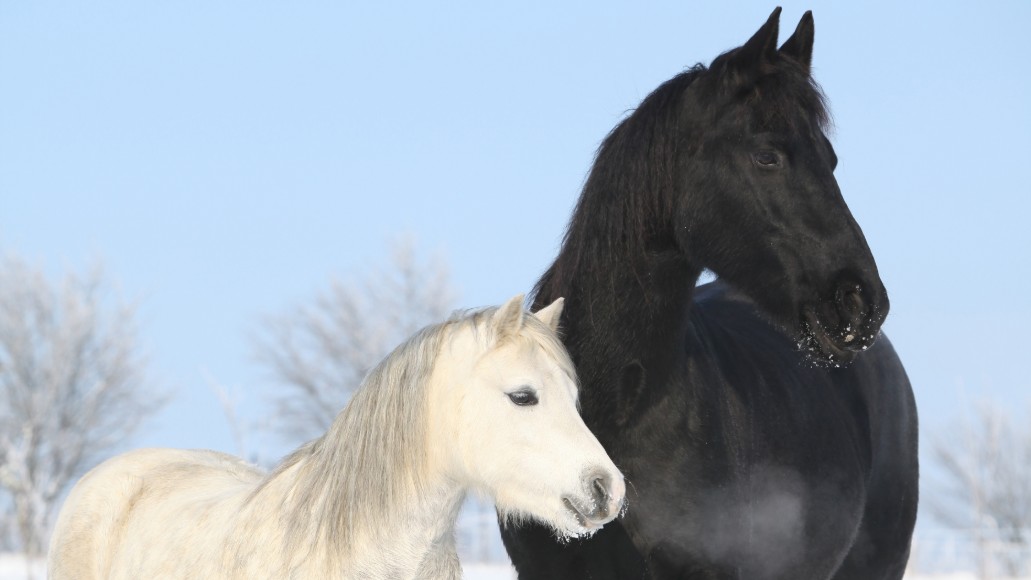
The world record holder for tallest living horse is Big Jake, a Belgian horse measuring 20 hands and 2.75 inches (210.2 centimetres / 6 feet 8 inches) at the withers. That's a very big Jake
How many breeds of horses and ponies are there?
There are hundreds of breeds around the world, but an exact number hasn’t been agreed on and estimates range from 150 to over 1,000. Breeds are split into four categories – ponies, light horses, heavy horses, and feral horses – based on height, weight and whether or not they’re domesticated.
Are all horses ridden?
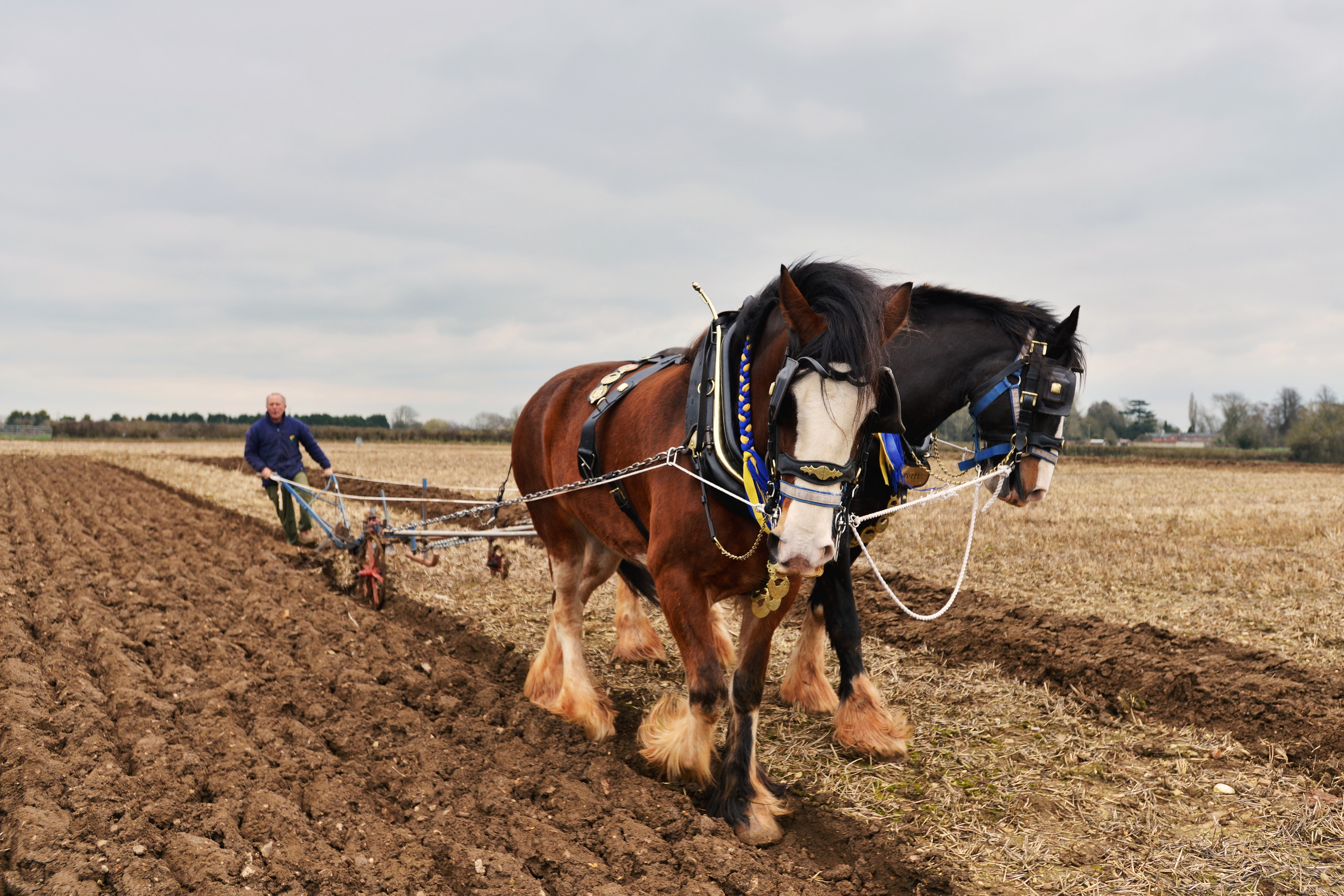
No – some pull carts, work as therapy animals, act as companions for other horses, go to ‘in-hand shows’ where they’re judged without being ridden, or live as pets and spend their days eating and being groomed. Not all horses are meant or bred to ridden, but they still make great companions.
What’s the difference between a horse and a pony?
All ponies are horses, but not all horses are ponies. Ponies are those that measure less that 14.2 hands (144 centimetres / 4 feet 7 inches) at the withers – the base of the neck above the shoulders. Anything bigger is a horse.
How clever are horses?
They might not always act like it, but horses are intelligent animals. They’re able to learn through training and by watching others, and many can solve problems (like the bolt on the stable door) by themselves. Horses are sensitive and form strong associations – both positive and negative – based on their experiences. Their memories are good, and they remember people who treated them badly for a long time - so don't do that. Scientists have shown that they’re capable of some complex thoughts and can even recognise human facial expressions.
What do horses eat?
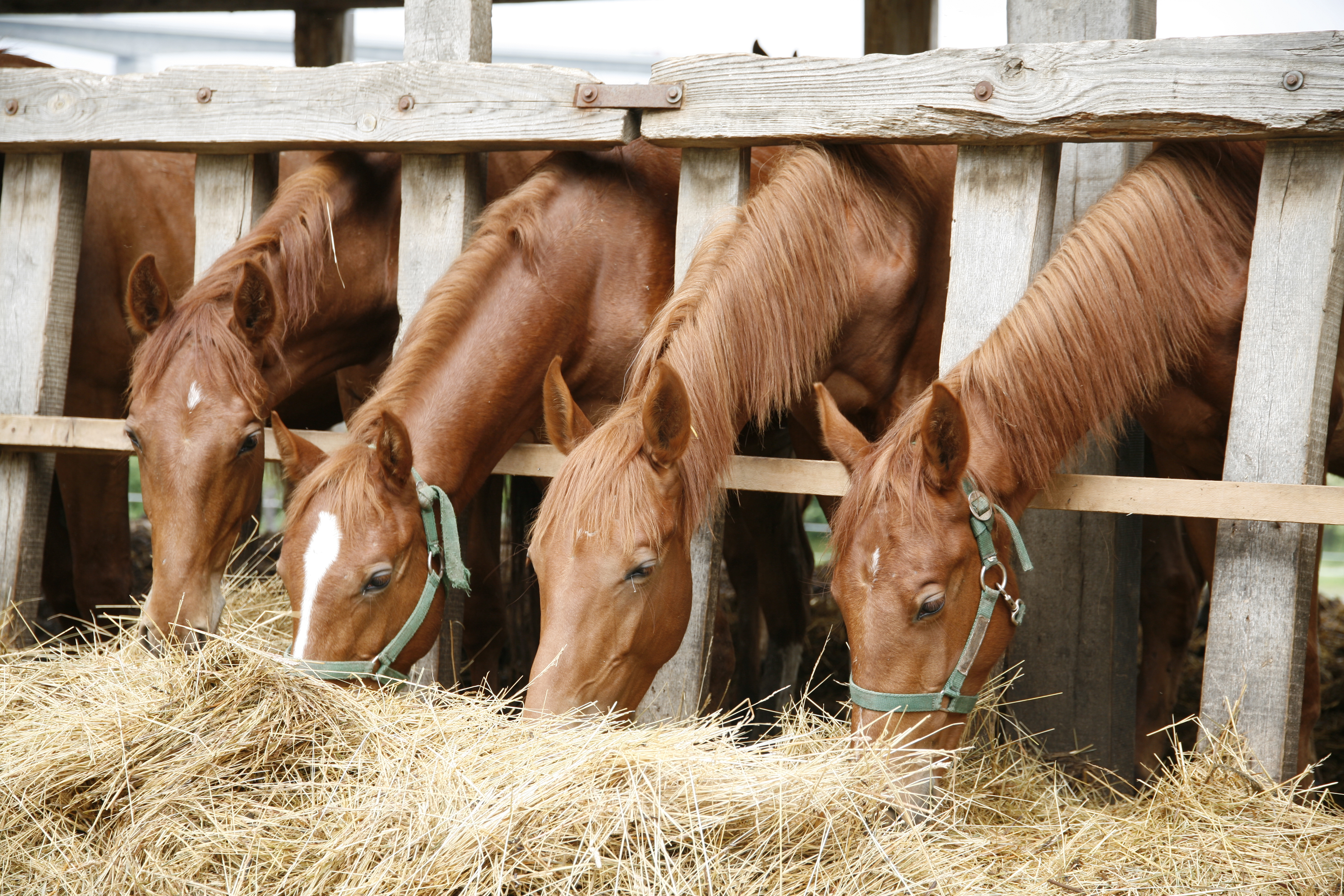
In the wild, horses live almost entirely on grass. A domestic horse’s diet should be made up mostly of grass and grass-based foods like hay and topped up with extras like carrots, apples, oats, sugar beet and supplements if necessary. All horses are different and their diets should be appropriate for their age, size and health and activity level. An overweight horse is an unhappy horse.
What is the top speed of a horse?
Different breeds gallop at different speeds, but the average is around 45kph (28mph). Over short distances, some thoroughbreds and quarter horses can sprint at 80kph (50mph). That's a lot faster than us, huh?
Why do you mount a horse from the left?
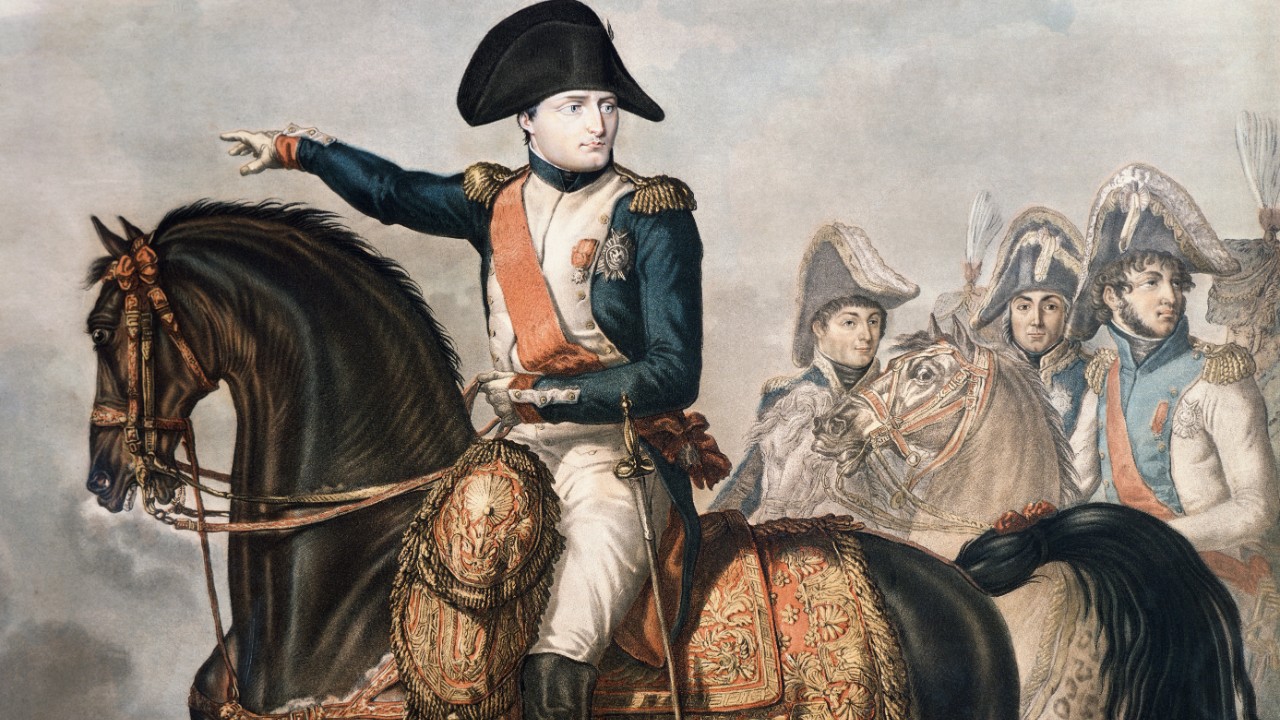
Mounting and dismounting from the left is a tradition going back to the days when horses were used in warfare. Soldiers carried their swords against their left legs so they could draw them easily with their right hands, and getting on from the left prevented any injury to them or their horses.
Why do you need to clean a horse’s feet?
If a stone or other sharp object gets stuck in a hoof it can cause serious discomfort and might prevent a horse from putting weight on its foot, so regularly picking up and cleaning the feet is really important. Clearing out any mud allows you to check the bottom of the feet properly for any bruises, cuts or swellings that need treatment.
What does it mean when a horse is lame?
Lameness is the loss of a horse’s ability to walk or stand properly, usually producing a limp. It can be caused by a number of different injuries and illnesses, so recovery time varies hugely.
What are colts and fillies?
Colts and fillies are the gendered names for foals – a filly is a young female horse, while a colt is a young male. Fillies will become mares when they’ve grown, and colts will become either stallions or geldings depending on whether or not they’re castrated (gelded).
Are horses dangerous?
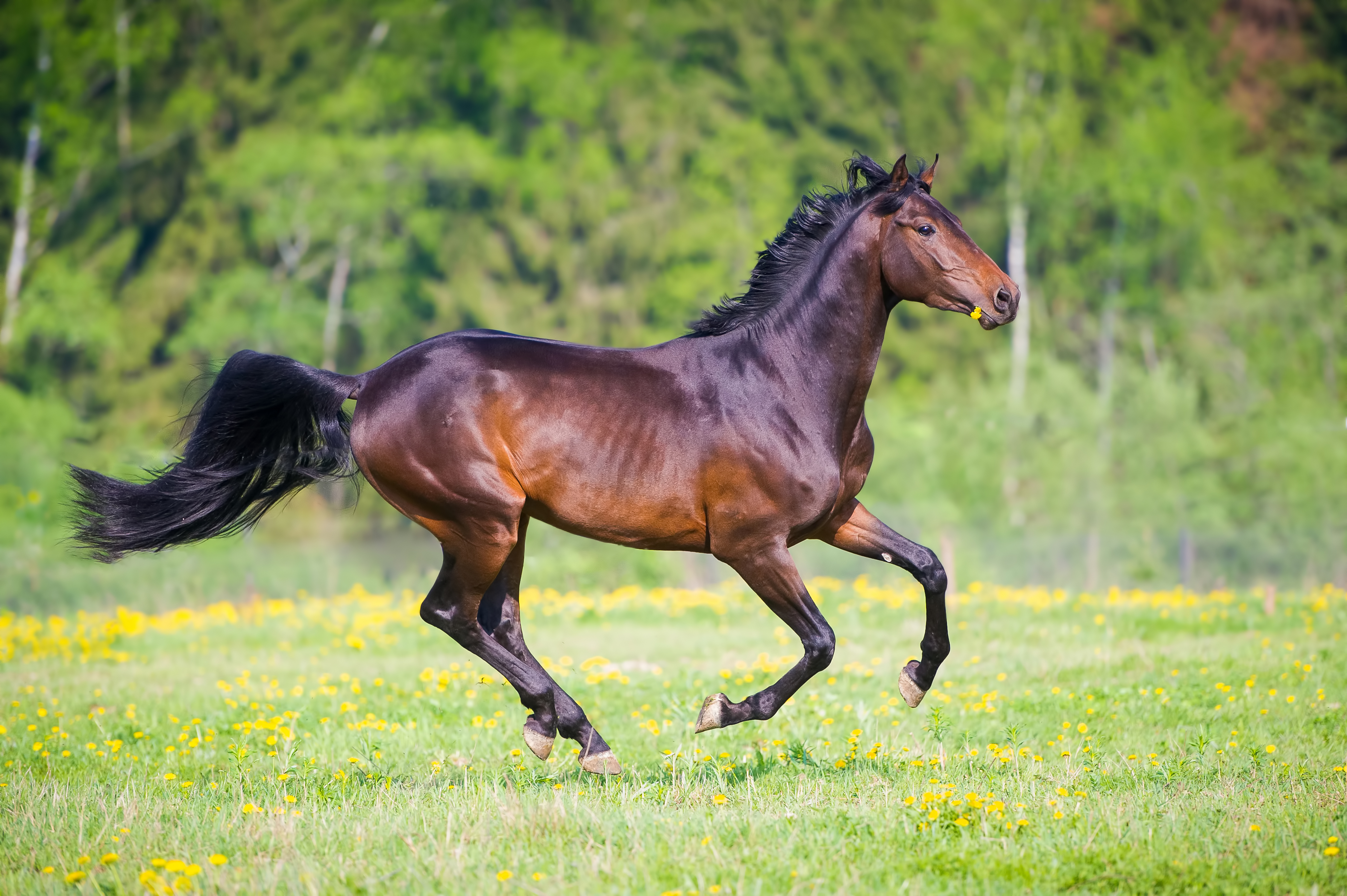
Not by their nature! Horses are generally quiet animals, but can be skittish. They’re incredibly powerful and still have their wild instincts. Horses and ponies of all sizes can lash out if they’re scared or angry and deposit their riders on the ground when they’re spooked. If a horse is spoiled and fed treats all the time, it might get pushy and try to nip with its teeth when it wants feeding - just like any other pet would.
No matter how gentle they are, horses sometimes step on feet or knock into people completely by accident, so it’s always best to give them enough space to move.
PetsRadar Newsletter
Get the best advice, tips and top tech for your beloved Pets
Dave has over 20 years experience in publishing during which he launched many successful magazine titles including How It Works, All About Space and All About History. He’s also pet parent to a retired police dog called Rebel, who can’t work anymore due to a health condition. When’s not busy trying to amuse a boisterous, three-year-old German Shepherd, Dave's the Editor on PetsRadar.
